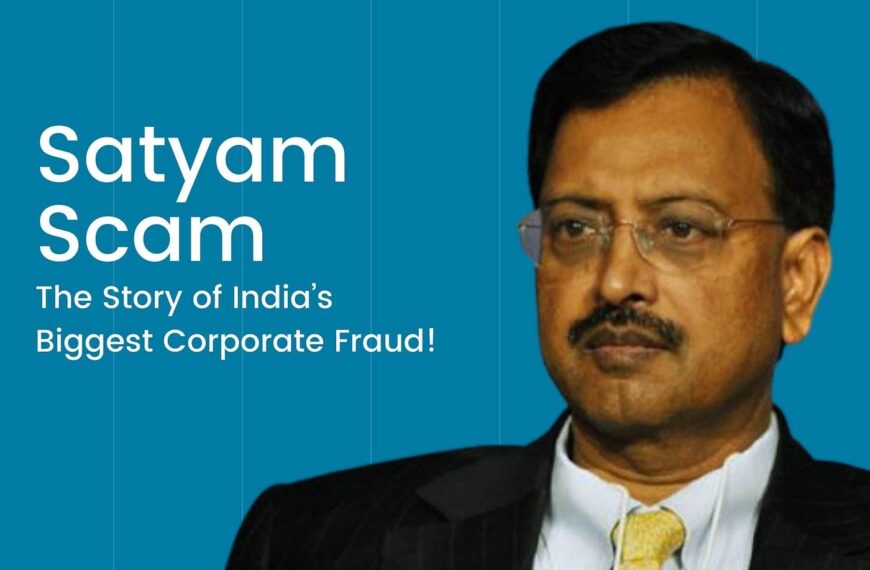The HealthSouth scandal is one of the most notorious cases of corporate fraud in U.S. history. Between the late 1990s and early 2000s, HealthSouth, a major provider of rehabilitative healthcare services, was involved in a massive accounting fraud that inflated profits by billions of dollars. This detailed guide explores what happened, how such scams can be spotted, and the essential steps online users can take to avoid falling victim to similar deceptions.
What Happened in the HealthSouth Scandal?
HealthSouth, founded by Richard Scrushy, rapidly expanded to become a Fortune 500 company. However, to maintain its soaring stock prices and attract investors, senior executives and accountants manipulated the company’s financial statements. By fabricating revenue and inflating profits, they created an illusion of unprecedented success—until the fraud unraveled in 2003. Major regulatory bodies, including the SEC, stepped in after whistleblowers exposed discrepancies, leading to multiple criminal charges and civil lawsuits.
Key Points:
- Inflated Profits: HealthSouth allegedly added up to $2.7 billion of non-existent profits to its books.
- Whistleblower Role: Internal employees eventually came forward, sparking investigations.
- Regulatory Intervention: The SEC and FBI raided the company’s headquarters, leading to a dramatic fall in share prices and widespread legal consequences.
How to Spot Scam and Fraud Schemes
Understanding the red flags and underlying tactics of fraud can help you recognize when something isn’t right—whether in corporate reports or online interactions. Here are common indicators and tactics used in scams similar to the HealthSouth case:
Red Flags in Financial Reports
- Unexplained Revenue Growth: Rapid increases in reported profits without corresponding increases in cash flow.
- Inconsistencies in Financial Statements: Frequent, small adjustments or “one-time charges” that help hide discrepancies.
- Lack of Independent Oversight: When auditors or board members consistently fail to question unusual entries.
Tactics Used in Fraud Schemes
- Fictitious Entries: Creating fake sales or revenue figures to mislead investors.
- Pressure to “Fix” Numbers: Executives demanding adjustments to meet Wall Street expectations.
- Complex Transactions: Using convoluted financial instruments to obscure the true financial health of a company.
Online Scam Tactics
- Impersonation Scams: Scammers posing as trusted organizations to steal personal or financial data.
- Urgency and Pressure: False claims of immediate account issues to force quick action.
- Suspicious Communications: Poor grammar, altered links, or unexpected international calls as signs of fraud.
Measures to Avoid Falling for Scams
Whether you’re reviewing a company’s financial statements or managing your personal finances online, implementing robust safeguards is crucial. Here are some practical tips for protecting yourself:
For Investors and Financial Analysts
- Conduct Due Diligence: Scrutinize financial statements and compare reported numbers against industry standards and historical data.
- Use Multiple Sources: Validate financial reports with independent third-party data and seek professional forensic accounting advice if needed.
- Watch for Red Flags: Be wary of companies that consistently report high growth rates with little evidence of cash flow improvement.
For Online Users
- Strengthen Security: Use strong, unique passwords and enable two-factor authentication on all financial accounts.
- Verify Communications: Always double-check the legitimacy of emails, texts, or calls asking for personal or financial information.
- Educate Yourself: Stay informed about common scam tactics by following reliable sources such as the ACFE, financial regulators, and reputable news outlets.
- Report Suspicious Activity: If you suspect a scam or notice irregularities in your bank or financial statements, report it immediately to your financial institution and local authorities.
Conclusion
The HealthSouth scandal serves as a powerful reminder of the devastating impact corporate fraud can have on investors, employees, and the broader market. By understanding the mechanisms behind such scams and adopting stringent preventive measures, you can protect yourself from similar fraudulent schemes. Whether you’re an investor or an everyday online user, staying vigilant, conducting thorough research, and using robust security practices are key to safeguarding your financial future.
Learn more about financial fraud detection and prevention by following our blog for the latest tips and insights.














